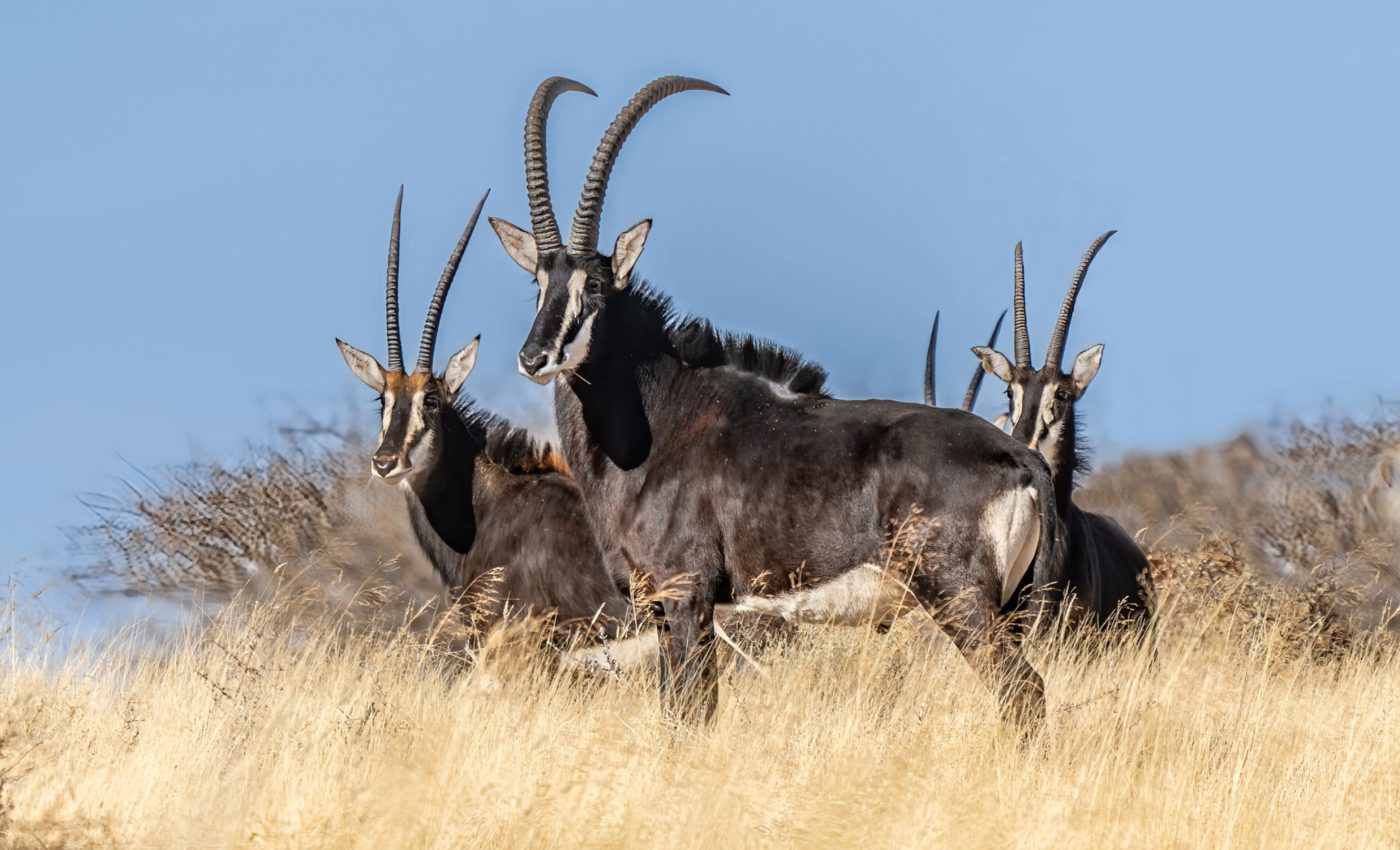
Grasslands are racing to adapt to climate shifts
While all ecosystems are affected by climate change, the pace at which these impacts become visible can vary. Forests, for example, often show a delayed response to changes in temperature and precipitation. Grasslands, however, are reacting almost in real time, according to a new study.
The research, led by the University of Michigan (U-M), highlights how grasslands are adapting to climate shifts faster than forests, with immediate changes in plant communities that reflect the evolving environmental conditions.
Climate race: Forests vs. grasslands
Lead authors Kai Zhu and Yiluan Song describe the difference in responses between ecosystems as “climate debt” for forests and “paying as they go” for grasslands. Forest ecosystems accumulate a lag in their response to climate change, while grasslands adapt more swiftly to shifts in temperature and precipitation.
“Climate change does have consequences for our ecosystems. It’s going to come sooner or later,” said Song, a postdoctoral fellow at U-M. “Grasslands are at the faster end of the spectrum.”
This research offers the scientific community valuable insights into predicting how climate change will impact ecosystems. Understanding these dynamics will be especially useful for the restoration of grassland vegetation.
“If you want to restore grasslands, you have to ask what types of species you will plant. In order to answer that, you need to at least take climate change into consideration,” said Zhu, an associate professor at the U-M School for Environment and Sustainability.
Rapid climate shifts in grasslands
The research team, which included experts from over a dozen institutions, gathered years of observational data from grassland communities in the California Floristic Province, a biodiversity hotspot along the U.S. West Coast.
They analyzed 12 sites observed over several decades and found a clear trend: as the climate in the region became hotter and drier, species that thrive in those conditions became dominant in the plant communities.
The researchers also integrated data from long-term global change experiments in the region, allowing them to link climate change directly to the shifts in plant species. “We know correlation doesn’t imply causation,” Zhu said. “But the experimental data allow us to attribute the causality.”
By characterizing the climate preferences – or niches – of various plant species, the researchers were able to quantify shifts in grassland communities in direct relation to temperature and precipitation changes.
This combination of observational and experimental data provided a clear and consistent conclusion, which Zhu and Song note is uncommon in ecological studies of this nature.
Fast-paced ecological changes
What surprised the researchers most was the speed of the ecological changes. The shifts in plant communities were happening at a pace comparable to the rate of climate change, but Zhu and Song cautioned that these rapid changes should not be seen as true adaptation – at least not without further research.
“To me, adaptation gives a positive impression that the system is changing to counter some of the negative effects of climate change,” Song said.
“The rapid shifts in grassland communities involve not only the gain of some hotter, drier species but also the loss of some cooler, wetter species. These shifts might have negative consequences such as dominance by non-native species and loss of biodiversity.”
The researchers emphasized that the loss of species adapted to cooler, wetter conditions could lead to a decline in biodiversity, as non-native species that thrive in hotter, drier environments take over.
Implications for global grasslands
Although this study focused on a single region, Zhu and Song believe that similar trends could occur in grasslands around the world, depending on the specific climate dynamics of each area.
For example, if a region’s climate is becoming warmer and wetter, species that favor those conditions will likely become dominant at a rate that matches the pace of the climate changes.
“I would hypothesize that we may see an even greater response to climate change in other grasslands around the world,” Zhu said, suggesting that the speed of these shifts may be even more pronounced in grasslands outside the California Floristic Province.
The need for climate-sensitive restoration
As the study illustrates, grasslands are on the front lines of climate change, showing swift responses to environmental shifts. This research provides critical insights for predicting how grassland ecosystems will continue to evolve in a warming world.
The study also highlights the importance of considering climate change when planning restoration efforts, as the types of species that thrive in grasslands may shift in tandem with the changing climate.
Understanding these dynamics will help guide the restoration of grasslands and support the preservation of biodiversity in the face of rapid climate change.
The research is published in the journal Nature Ecology & Evolution.
—–
Like what you read? Subscribe to our newsletter for engaging articles, exclusive content, and the latest updates.
Check us out on EarthSnap, a free app brought to you by Eric Ralls and Earth.com.
—–













